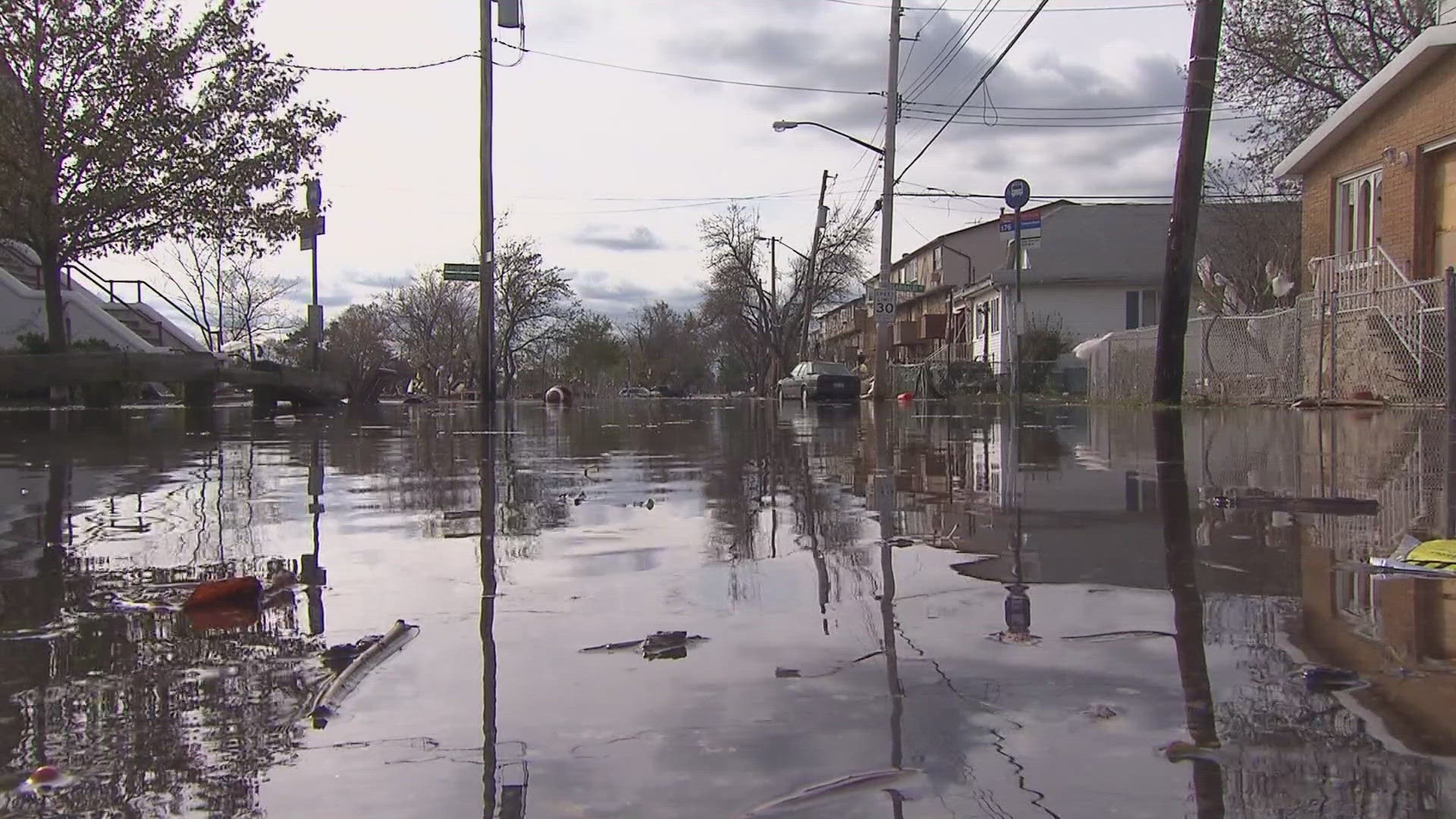FORT COLLINS, Colo. — Colorado State University researchers are predicting an "extremely active" 2024 hurricane season.
The CSU hurricane research team is forecasting 23 named storms with 11 of those storms growing to hurricane strength, and five of those hurricanes reaching major hurricane status. Major hurricanes have sustained winds of 111 mph or more.
Record-warm sea surface temperatures are the main factor for the researchers' predictions. Forecasters also said the current El Niño in the Pacific Ocean is expected to weaken, ushering in La Niña conditions by the peak of the Atlantic hurricane season from August to October.
La Niñas usually decrease wind shear, leading to favorable conditions for hurricane formation and intensification, researchers said.
The 2024 hurricane season is exhibiting characteristics similar to 1878, 1926, 1998, 2010 and 2020, according to the hurricane researchers.
“Our analog seasons were all very active Atlantic hurricane seasons,” said Phil Klotzbach, senior research scientist in the Department of Atmospheric Science at CSU and lead author of the report. “This highlights the somewhat lower levels of uncertainty that exist with this outlook relative to our typical early April outlook.”
The 2024 hurricane activity will be about 170% of the average season from 1991-2020, researchers said. The 2023 season was around 120% of that average.
The most damaging 2023 storm system was Category 3 Hurricane Idalia which slammed in the big bend area of Florida on Aug. 30. Idalia caused more than $3.5 billion in damage and directly killed eight people.
Here are the names for the 2024 Atlantic storms:
- Alberto
- Beryl
- Chris
- Debby
- Ernesto
- Francine
- Gordon
- Helene
- Isaac
- Joyce
- Kirk
- Leslie
- Milton
- Nadine
- Oscar
- Patty
- Rafael
- Sara
- Tony
- Valerie
- William
The Atlantic hurricane season runs from June 1 through Nov. 30.
CSU researchers will update their forecast on June 11, July 9 and Aug. 6.
SUGGESTED VIDEOS: Colorado Climate

